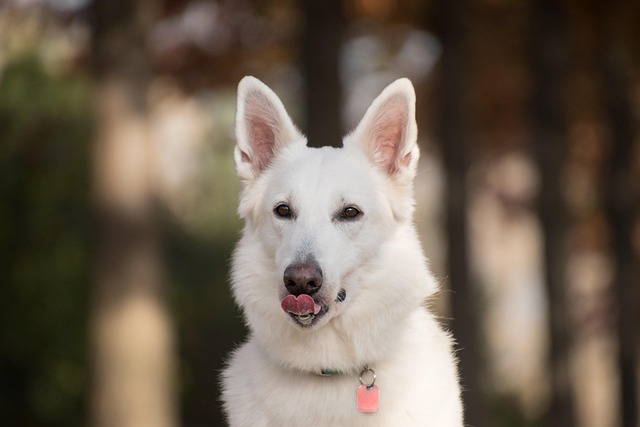
Are Irish setters easy to potty train?
When the Irish setter walks with an elegant pace, its reddish-brown hair shines in the sun, and its lively eyes are full of curiosity and enthusiasm, anyone will be attracted by this unique charm.
A lively and lovely dog is welcomed into the family. It is like a lively little angel, bringing endless joy to life. We are full of expectations, hoping that it can learn some practical skills, and teaching the dog to pick up objects is undoubtedly a skill that is both practical and can deepen the emotional communication between each other. Imagine throwing a small ball, and the dog flies away like an arrow from the string, picks it up accurately, and then runs back happily, and gently puts the ball in your hand. The picture is full of warmth and joy. But behind this seemingly simple skill, we need to use professional methods and devote a lot of patience and love to train.
The nature of dogs provides a good start for our training. Most dogs have the instinct to chase and explore, and are curious about moving or novel things. At the beginning of training, choosing the right object is the key. For dogs who are lively and active and like noise, a plush toy with a crisp bell sound may instantly attract its attention. The crisp sound is like a mysterious call, stimulating the dog's desire to explore. If your dog is particularly keen on food, a small piece of delicious snack may be a great training prop. In a quiet, distraction-free space, such as a corner of your living room, gently place the carefully selected object in front of your dog. When your dog comes forward and sniffs curiously with his nose or pokes gently with his paws, it is the golden moment for training. At this time, issue the command "pick it up" in a gentle and firm tone, and at the same time, gently lift the dog's mouth to help it hold the object. This action must be gentle to avoid making the dog feel any discomfort, otherwise it may cause resistance. Once the dog successfully holds the object, even if it only lasts for a second, immediately give enthusiastic praise and rewards.
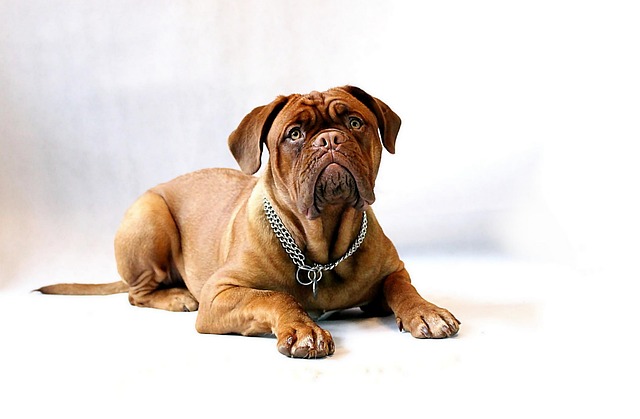 As the dog becomes more familiar with the action of holding the object, strengthening the connection between the "pick it up" command and behavior becomes the focus of training. Repeat the above process many times, and after each command, patiently guide the dog to accurately hold the object, and then give a reward. After a period of time, the dog's brain will slowly establish a conditioned reflex, and the body will automatically make the action of holding the object when hearing the "pick it up" command. Next, you can increase the difficulty of training appropriately, throw the object a little further, and encourage the dog to chase and bring it back. During the dog's chase, continue to cheer it up with the command "pick it up". When the dog successfully catches the object and runs back, give it a warmer reward, such as giving it a few more snacks, or playing its favorite game with it for a while, so that the dog can fully experience the sense of accomplishment of completing the task and further stimulate its enthusiasm for learning.
As the dog becomes more familiar with the action of holding the object, strengthening the connection between the "pick it up" command and behavior becomes the focus of training. Repeat the above process many times, and after each command, patiently guide the dog to accurately hold the object, and then give a reward. After a period of time, the dog's brain will slowly establish a conditioned reflex, and the body will automatically make the action of holding the object when hearing the "pick it up" command. Next, you can increase the difficulty of training appropriately, throw the object a little further, and encourage the dog to chase and bring it back. During the dog's chase, continue to cheer it up with the command "pick it up". When the dog successfully catches the object and runs back, give it a warmer reward, such as giving it a few more snacks, or playing its favorite game with it for a while, so that the dog can fully experience the sense of accomplishment of completing the task and further stimulate its enthusiasm for learning.
Dogs of different ages need to be treated differently during training. Puppies have strong brain plasticity, are full of curiosity about the world, and have high enthusiasm for learning, but their attention is easily distracted. When training puppies, each training time should not be too long, 5 to 10 minutes is enough, and multiple training sessions can be conducted every day. Adult dogs, especially older dogs, have formed fixed behavior patterns, and it may be difficult for them to learn new skills. When training adult dogs, you need to be more patient, and it may take longer time and more energy to gradually guide them to understand and accept new commands.
The dog's personality will also affect the progress of training. Dogs with gentle personalities and high obedience, such as golden retrievers, usually understand and cooperate with training quickly. Dogs with stubborn personalities and strong independence, such as huskies, may resist training. For such dogs, you cannot force them, but you should stimulate their interest in clever ways, such as using their favorite toys as training props, or adding more game elements to training, so that the dog can learn skills unconsciously while having fun.
During the training process, dogs will inevitably make mistakes. For example, it may suddenly lose interest in the object and refuse to pick it up; or it may finally catch it, but it falls down after running a few steps. At this time, you must not be anxious or angry, let alone beat or scold the dog. Because punishment will only make the dog feel fear and confusion, destroying the training atmosphere and trust between each other. Instead, keep a calm mind and redirect the dog. You can try to change a more attractive object, or pause the training, play with the dog for a while, relieve its tension, and then start again. Every time the dog makes even a small progress, such as from completely uncooperative to willing to approach the object, it is worth cheering and giving timely encouragement. Our encouragement is like sunshine and rain, nourishing the dog's continuous growth in training.
From an emotional perspective, the process of training a dog to pick up objects is a warm journey full of love and companionship. We witness the dog's progress from initial ignorance to gradual mastery of skills, and every progress is full of our hard work. When the dog runs to us happily with objects in his mouth, with the light of expectation for praise in his eyes, we can truly feel that all our efforts have been rewarded with the best. Through continuous and patient training, the dog not only learns the skill of picking up objects, but also establishes a deep and strong emotional bond with us, becoming an irreplaceable and intimate partner in our lives. Let us carry full love and accompany the dog on this interesting training journey, witness their growth and transformation, and create more beautiful memories together.

When the Irish setter walks with an elegant pace, its reddish-brown hair shines in the sun, and its lively eyes are full of curiosity and enthusiasm, anyone will be attracted by this unique charm.
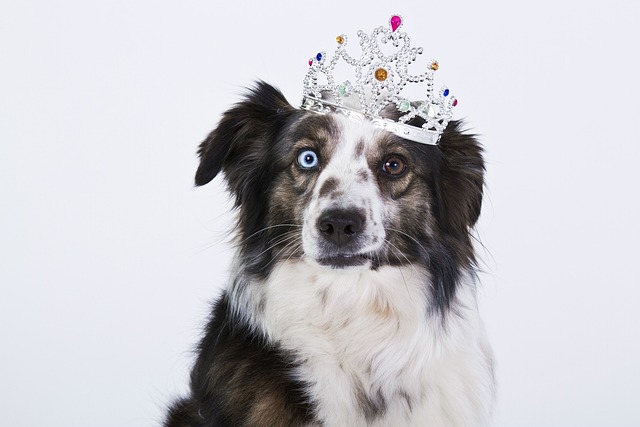
When the furry little life stumbles into our lives, the soft and sticky cry and wagging tail instantly melt the hearts of countless dog owners. However, behind this sweet companionship, puppy potty training is like a mountain in front of them.
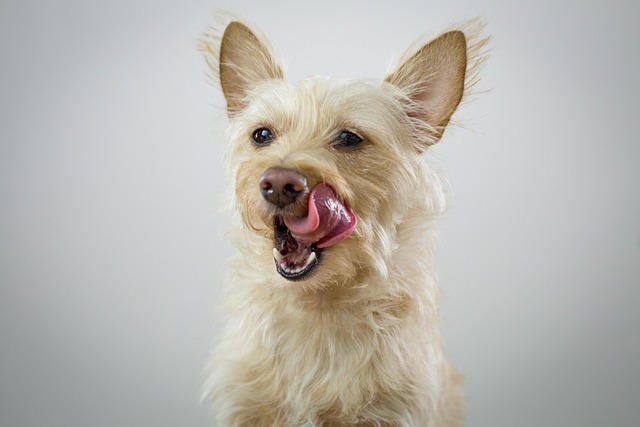
In the steel jungle of the city, more and more people are eager to have a furry companion to add more warmth and companionship to their lives.

Training puppies to develop good house bowel habits is a process that every pet owner looks forward to and is full of challenges. This is not only about the cleanliness of the home environment,

Dog walking is supposed to be a pleasant time for people and dogs to enjoy each other's company, but when the dog drags the leash and rushes around, this beautiful moment is broken.
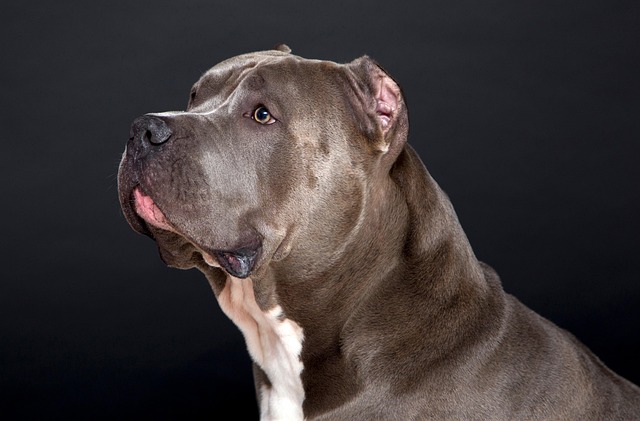
When a dog suddenly poops in a specific area of the house, it not only causes cleaning troubles but also makes the loving owner feel anxious and helpless.